
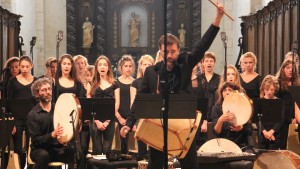
Grouped together around Bruno Bonhoure and Khaï-dong Luong as of 2004, the members of La Camera delle Lacrime are committed to showcasing and rediscovering heritage works while renewing them through their creative interpretative choices.
With the assistance of specialists and scholars who gravitate around the group, La Camera delle Lacrime offers historically-based programmes that dramatize the musical repertoire with the aim of making it more intelligible.
The ensemble’s name is an homage to Dante Alighieri, poet and friend to troubadours. Dante spoke of this ‘Chamber of Tears’ as a place where he would overcome distress and return to his roots, re-emerging with newfound energy.
Bruno Bonhoure – Musical Director, Solo Voice
Born in 1971 in Aurillac, Bruno Bonhoure carries with him the heritage of the songs and tales that punctuated the peasants’ daily life in the Haute Auvergne. Dedicating himself first to art history, his need for and love of the stage led him to Paris.
Compared to the ‘Bildung’ by Carlo Ossola (Professor at the Collège de France) and to Giovanna Marini by Lionel Esparza (Radio France), the quality of Bruno Bonhoure’s voice, his stage presence and his personality make him one of the most captivating of French tenors.
As the ensemble’s musical director, Bruno Bonhoure promotes the Occitan language through multidisciplinary shows. His creations offer a new interpretation of this historical-musical repertoire and have been praised by the Languedoc Academy of Arts, Letters and Sciences.
Khaï-dong Luong – Staging, Scenography, Artistic Co-Producer
Born in Cambodia in 1971, Khaï-dong Luong arrived in France after fleeing the Khmer Rouge. With a degree from the Agrégation des mathématiques and a Master’s in film studies, his main focus is the creation of alternatives to pre-established styles. Thus Khaï-dong Luong restructures the usual formats and brushes aside convention in order to surprise and innovate. His contemporary vision of how to interpret historical repertoire has led him to consider new methods of communication, along the lines of the participatory show based around the Red Book of Montserrat.
A protean artist, while in Chicago he co-wrote the documentary Someplace Else, which was selected by the Los Angeles, New York and Chicago Film Festivals, as well as a series of animated films selected by the Annecy Festival.


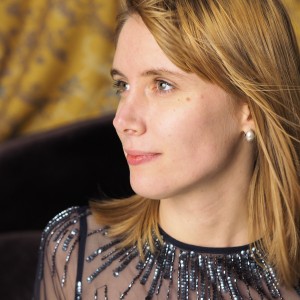

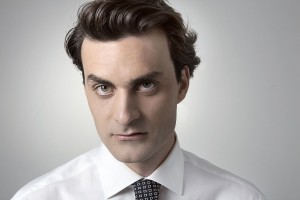

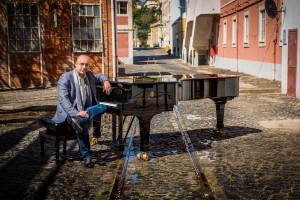

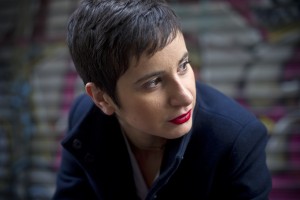

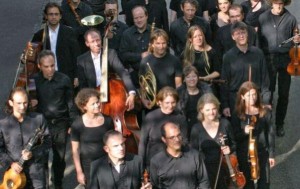

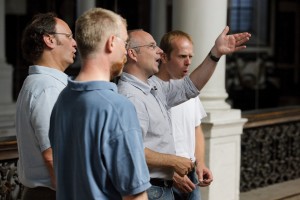



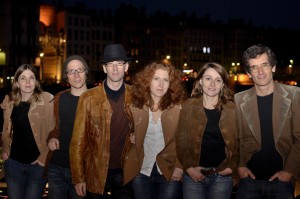

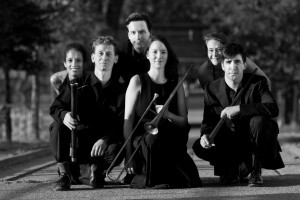

Recent Comments